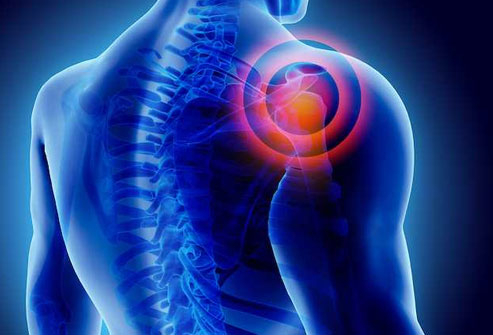The treatment options for frozen shoulder aim to relieve pain, improve range of motion, and restore shoulder function. These can include:
- Physical therapy: Stretching and strengthening exercises prescribed by a physical therapist can help improve range of motion and reduce shoulder stiffness.
- Pain relief: Nonsteroidal anti-inflammatory drugs (NSAIDs), oral corticosteroids, or corticosteroid injections into the shoulder joint can help reduce pain and inflammation.
- Heat and cold therapy: Applying heat packs or cold packs to the shoulder can provide temporary relief and help reduce pain and stiffness.
- Hydrodilatation: In some cases, a sterile fluid is injected into the shoulder joint to expand the joint capsule and improve range of motion.
- Manipulation under anesthesia: This procedure involves the manipulation of the shoulder joint while under anesthesia to break up adhesions and improve shoulder movement.
- Surgical intervention: In rare cases when conservative treatments are ineffective, surgery may be considered. Surgical procedures for frozen shoulders may include arthroscopic release, in which scar tissue and adhesions are removed.
- The duration of frozen shoulder can vary, but it typically resolves over time. Physical therapy and home exercises play a crucial role in the recovery process. Appropriate treatment options can be recommended based on the individual's specific circumstances.
